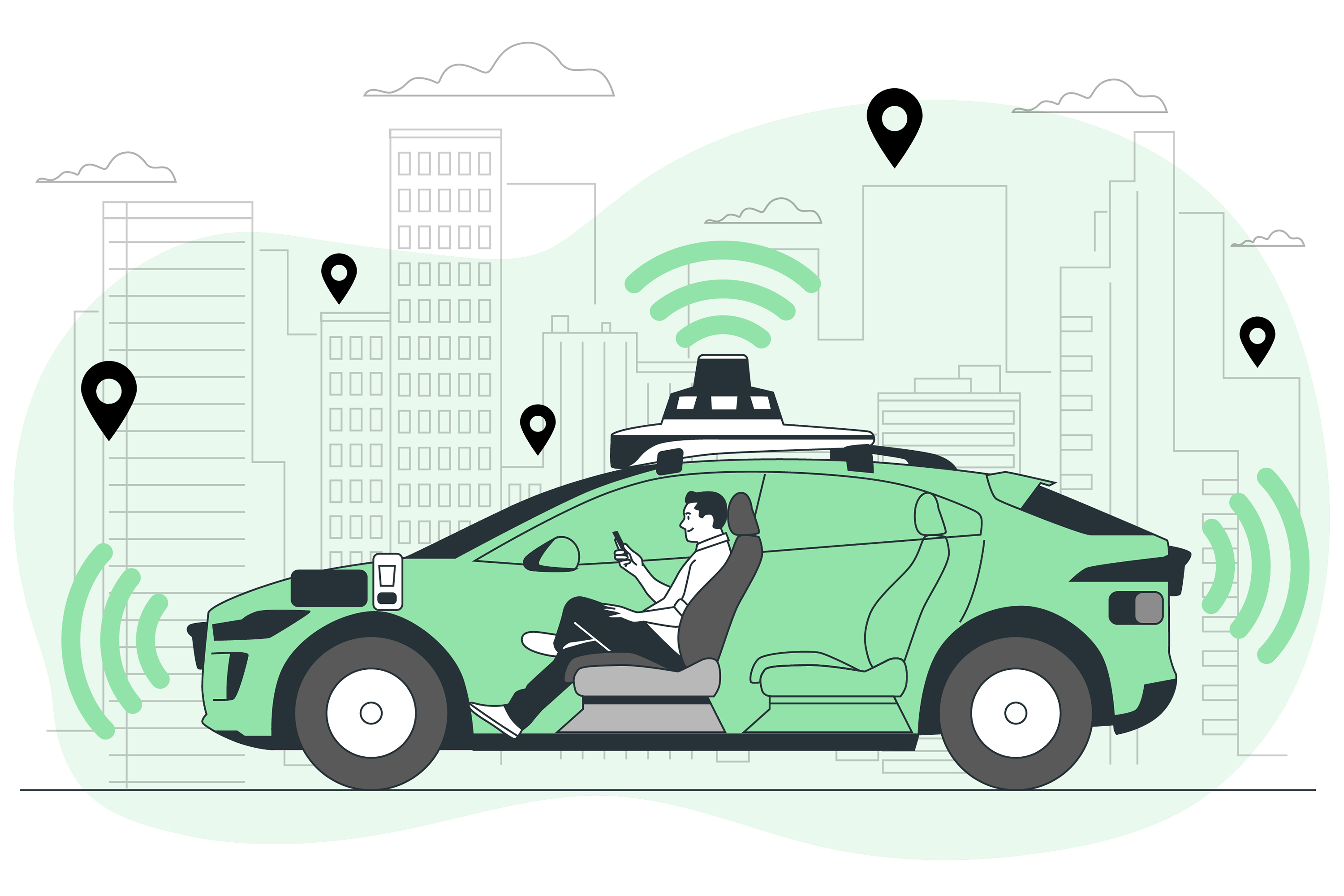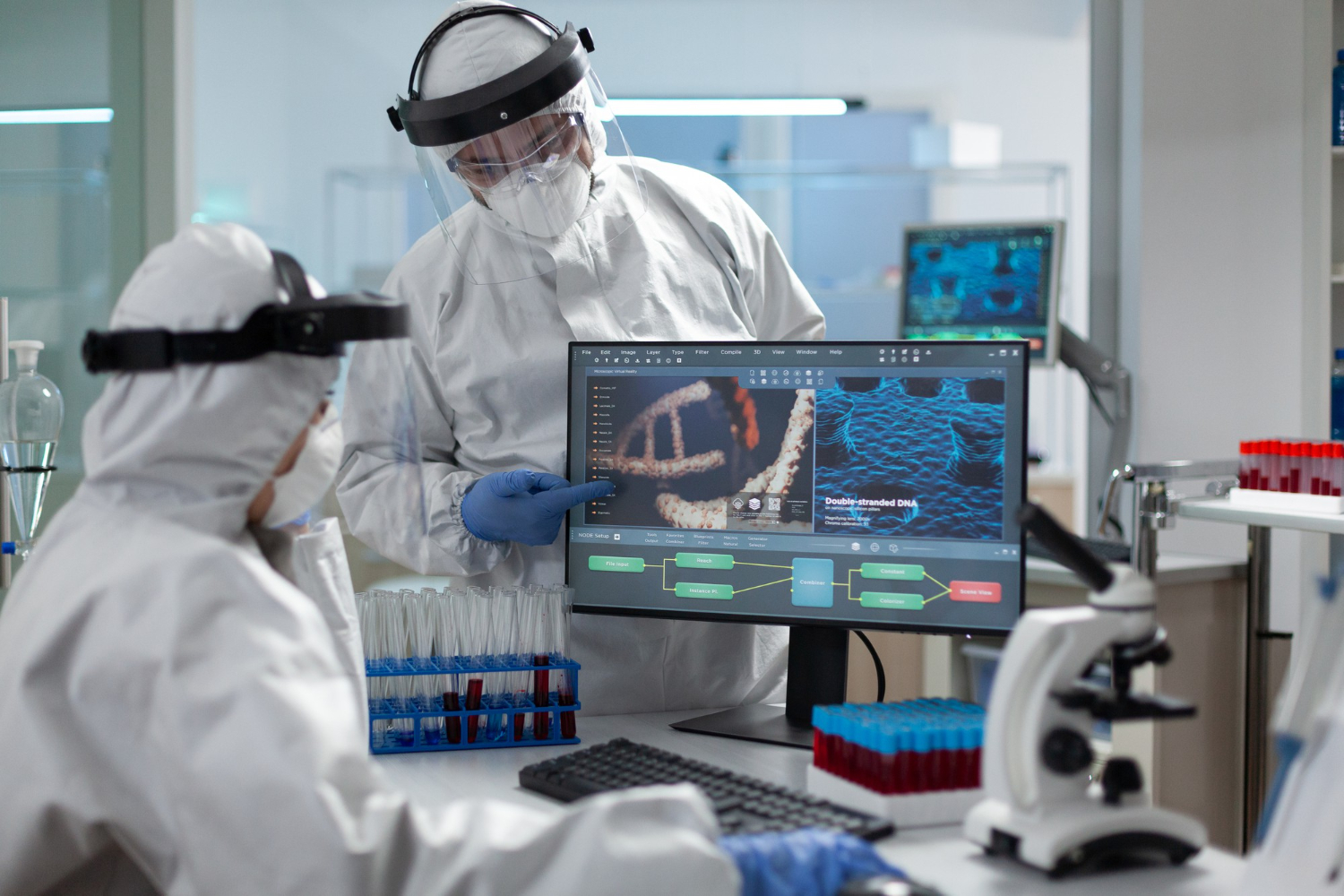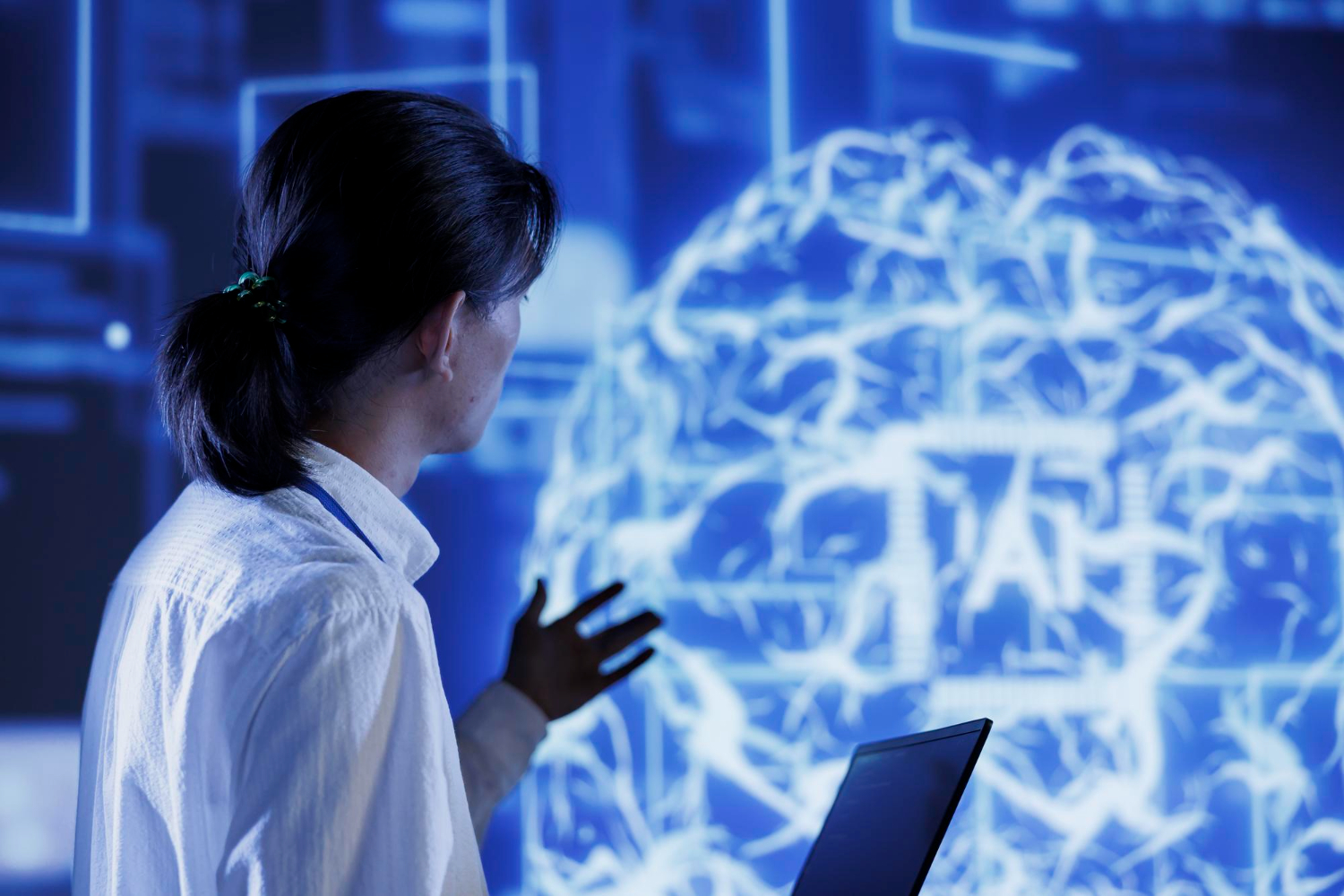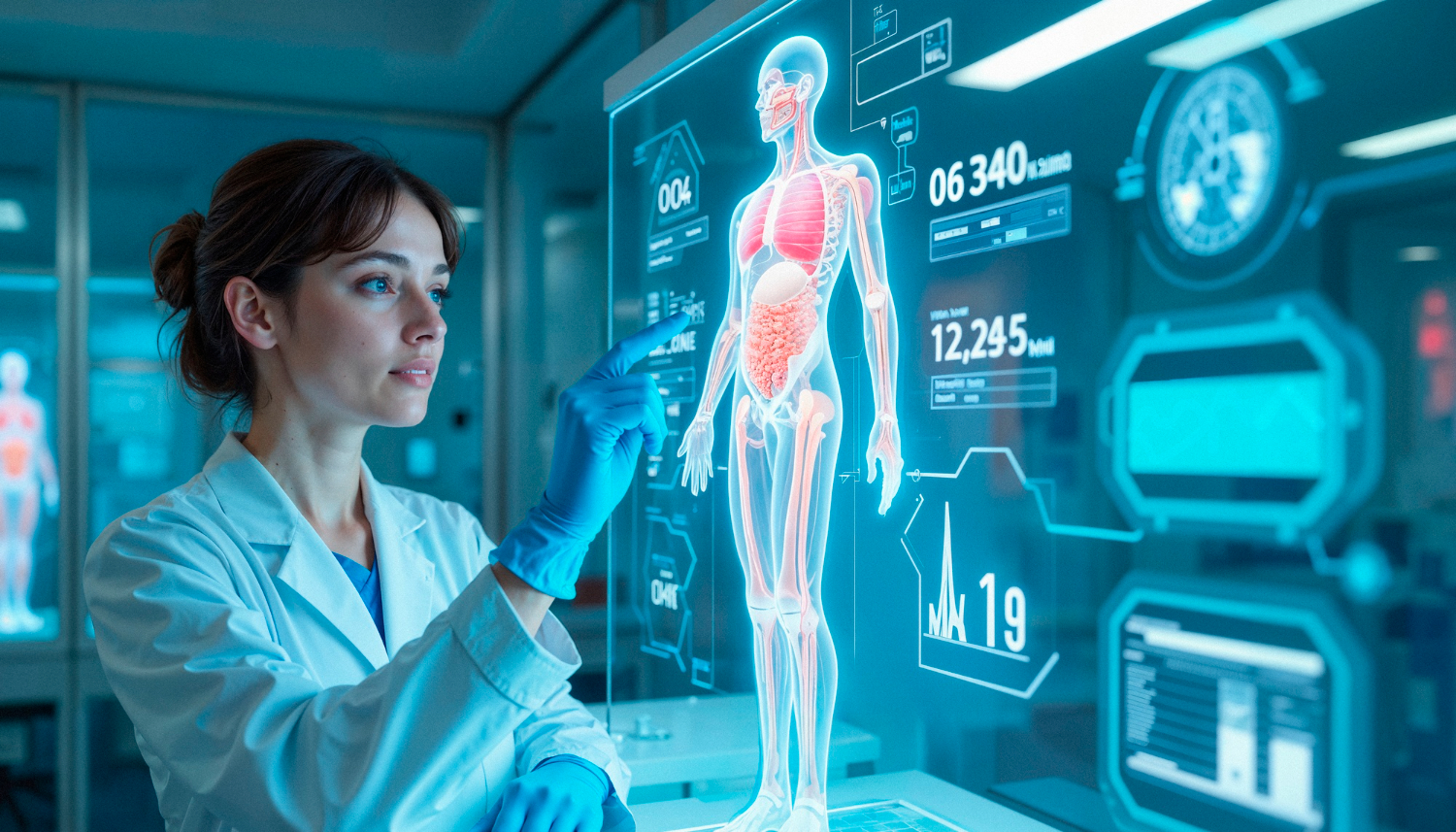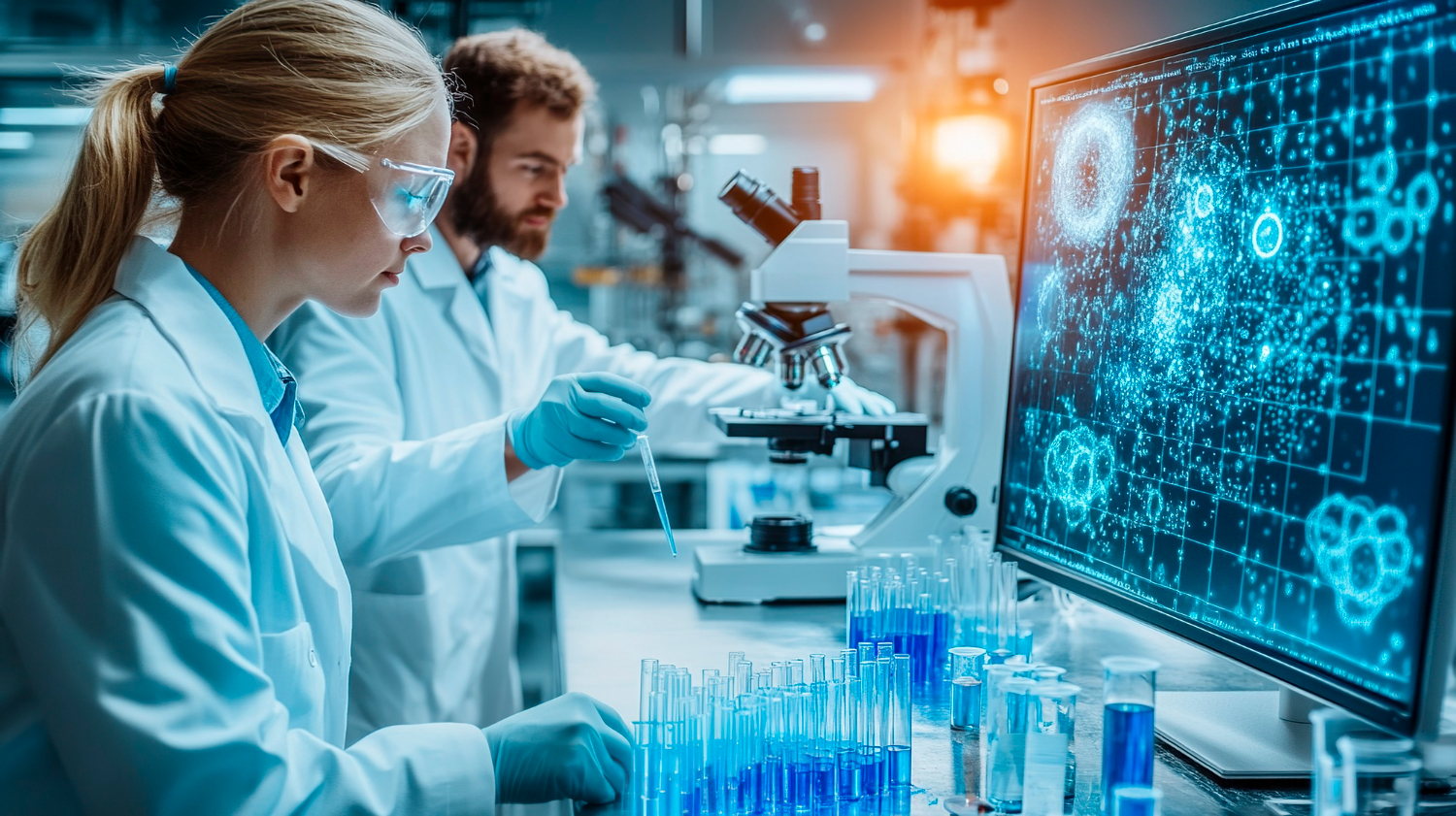How Computer Vision Powers Autonomous Vehicles
Autonomous vehicles rely on more than just engines and wheels. The real driver behind these cars is technology. One of the most critical components is computer vision. It allows driving vehicles to see, understand, and react to their surroundings in real time.
In traditional cars, a human driver uses eyes to process visual information and make decisions. In fully autonomous cars, cameras and sensors feed digital images into advanced systems. These systems use artificial intelligence (AI), machine learning, and deep learning models to interpret the visual data.
How Computer Vision Works in Autonomous Vehicles
Computer vision works by taking input from cameras mounted on the vehicle. These cameras generate a continuous video feed of the environment. The system processes this feed to perform key computer vision tasks like object detection, image classification, and tracking.
For example, when driving cars, the system must recognise traffic signs, lane markings, pedestrians, and other vehicles. This involves classifying objects in real time. The car must not only detect an object but also understand what it is and predict its movement.
At the heart of these systems are convolutional neural networks (CNNs). CNNs are designed to process digital images efficiently. They can identify patterns, edges, shapes, and colours to distinguish between different objects on the road.
The Role of Deep Learning and Machine Learning
Deep learning models play a key role in improving accuracy. These models are trained on vast amounts of visual data collected from millions of miles of road testing. Through machine learning, the system learns how to react to different driving scenarios.
A machine learning algorithm can improve over time as it processes more data. For instance, if an autonomous car misclassifies a cyclist as a pedestrian, the error is flagged. The system then adjusts its model to avoid repeating the same mistake.
This continuous learning process is vital for handling the complexities of the real world. Roads are unpredictable. Weather conditions, lighting, and unexpected obstacles can confuse poorly trained systems. High-quality applications of computer vision ensure that driving vehicles stay safe and reliable.
Read more: The Growing Need for Video Pipeline Optimisation
Object Detection and Image Classification in Action
One of the most critical applications of computer vision in autonomous vehicles is object detection. The car must identify other cars, cyclists, pedestrians, animals, and road signs instantly.
After detecting an object, the system uses image classification to determine what the object is. For example, distinguishing between a stop sign and a speed limit sign is crucial. Misreading these could lead to accidents.
Another important task is estimating the distance and speed of surrounding objects. The vehicle must decide when to brake, accelerate, or change lanes. These decisions depend on accurate computer vision tasks supported by deep learning models.
Reducing Human Error with AI
One of the main promises of autonomous vehicles is reducing human error. Most road accidents happen because of distractions, fatigue, or poor judgment. A well-designed AI system does not get tired or distracted.
By using computer vision, AI systems can maintain constant awareness of the environment. They process more information than a human can and react faster. This is especially useful in driver assistance features found in semi-autonomous cars today.
These systems can warn drivers about potential collisions, keep cars within lanes, and assist with parking. Even if a car isn’t fully autonomous, computer vision enhances safety through these smart features.
Real-World Challenges for Computer Vision in Vehicles
Despite advancements, computer vision in autonomous vehicles still faces challenges. The real world is full of unpredictable situations. Poor weather, like heavy rain or fog, can obscure camera feeds. Night driving presents difficulties due to low light.
Another issue is dealing with unusual objects or behaviours. For instance, a fallen tree on the road or a pedestrian jaywalking requires immediate and correct decisions. If the system has never seen such scenarios in its training data, it may struggle.
To address this, companies are expanding their data sets and improving algorithms. More robust deep learning models help vehicles adapt to rare events by learning from simulated and real-world data.
Read more: Inventory Management Applications: Computer Vision to the Rescue!
The Importance of Video Feed Processing
Handling a constant video feed requires massive computing power. Autonomous cars need to process this data in real time without delays. Any lag in decision-making could be dangerous.
This is where optimised hardware and software come in. Efficient computer vision tasks ensure that the system can handle high volumes of visual data quickly. Modern vehicles use dedicated processors designed for AI workloads to achieve this.
From Driver Assistance to Fully Autonomous Vehicles
Many modern cars already use driver assistance systems powered by computer vision. Features like adaptive cruise control, lane-keeping, and automatic emergency braking are common examples.
However, moving from assistance to fully autonomous driving is a bigger leap. It requires flawless coordination between object detection, image classification, and decision-making systems.
For a car to drive without a human driver, it must master every possible scenario it might face. This includes obeying traffic laws, understanding complex intersections, and interacting safely with human-driven cars.
Enhancing Road Safety and Traffic Management with Computer Vision
Another important area where computer vision plays a role is traffic management. As more autonomous vehicles enter public roads, they must interact not only with other cars but also with infrastructure like traffic lights and road signs. Systems must accurately read signals, interpret dynamic signs, and respond to changing traffic conditions. This requires reliable object detection and image classification under all circumstances, including poor lighting or obstructed views.
In addition, computer vision tasks support pedestrian and cyclist safety. Detecting vulnerable road users early allows driving vehicles to adjust speed or path. This proactive approach reduces risks in busy urban environments where unexpected movements are common.
The integration of AI and machine learning also opens the door for predictive driving. By analysing patterns in visual data, vehicles can anticipate actions from other road users. For example, recognising when a pedestrian is likely to cross the street even before they step off the pavement.
Another advancement is the use of computer vision in monitoring driver behaviour in semi-autonomous systems. Cameras inside the vehicle can detect signs of distraction or drowsiness. If the system notices the human driver is not paying attention, it can issue warnings or take control if necessary.
These innovations show that applications of computer vision go beyond controlling the car itself. They contribute to a broader ecosystem of road safety and efficiency. As deep learning models and CNNs continue to improve, the potential for smarter, safer transport grows.
Read more: Recurrent Neural Networks (RNNs) in Computer Vision
The Future of Computer Vision in Driving
The future of applications of computer vision in autonomous vehicles looks promising. With advancements in artificial intelligence, machine learning, and better deep learning models, cars are getting smarter every year.
As technology improves, we can expect safer roads, fewer accidents, and more efficient transport systems. The goal is to create vehicles that can handle the real world as reliably as—or even better than—a human driver.
How TechnoLynx Can Help
At TechnoLynx, we specialise in building advanced computer vision solutions for autonomous vehicles. Our team develops systems that improve object detection, image classification, and real-time decision-making.
We understand the challenges of processing visual data in dynamic environments. Our expertise in deep learning models, convolutional neural networks, and AI integration ensures high-performance solutions tailored to your needs.
Whether you’re enhancing driver assistance features or developing fully autonomous systems, TechnoLynx can support your goals. We help you reduce human error, improve safety, and bring cutting-edge AI to your vehicles.
Contact us today to learn how we can accelerate your journey towards smarter, safer transport solutions.
Image credits: Freepik

